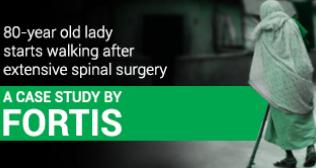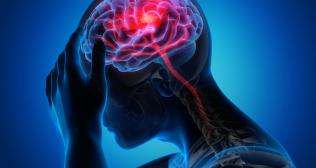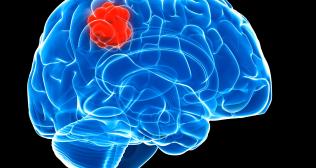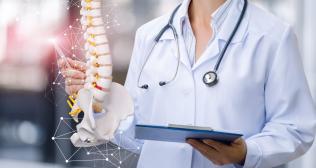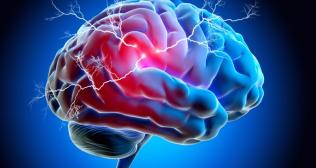
FAQs on Back Pain
Backache is one of the most common health problems that a person suffers from in his/her lifetime. The reasons for it can range from a minor muscle spasm to a bone infection or even a tumor.
1. What is the most common cause?
Muscle spasms due to bad posture or muscle trauma are common. A disc bulge or disc dehydration is another common reason. These include disc prolapse or extrusion, degenerative spinal canal narrowing, trauma, tumor, an infection like tuberculosis, arthritis, or some congenital deformity like scoliosis.
2. When should you visit a doctor?
Moderate to severe continuous pain that radiates to the limbs or trunk, or pain that is associated with numbness or weakness of the limbs - all need immediate consultation.
3. Whom should you visit?
A general practitioner can do a preliminary investigation. A neurosurgeon or spine orthopedic surgeon should be consulted if the problem worsens.
4. How to diagnose a spinal problem?
X-rays and MRI of the spine are the investigations of choice. Specialized investigations include a CT scan, DXA scan or a PET CT scan.
5. What is the treatment?
Painkillers, muscle relaxants, and bed rest are helpful initially. Then depending on the results of the x-ray/MRI, specialized treatment can be started.
6. What is the specialized treatment for disc prolapse?
Changes in lifestyle, good posture, and precautions help to reduce pain and prevent progression. Severe continuous pain or motor/sensory deficits indicate surgical intervention.
7. What is the treatment for tuberculosis of the spine?
Anti-tubercular treatment for 18 months (one and half a year) and absolute bed rest for about three months is mandatory. If surgery is required - decompression and fixation of the spine is done along with a biopsy. The results are good.
8. How to treat a spine tumor?
This is diagnosed by a bone biopsy and can be treated effectively with chemo/radiotherapy. If the tumor to be excised completely, the spine stabilizes with screws, rods, and an interbody cage. The surgery is usually challenging and can be done only at a well-equipped Centre.
9. What is degenerative spinal canal stenosis?
This is a common reason for backache and walking difficulty in the elderly. This can be associated with osteoporosis and needs medical management initially. Surgery may be required to decompress the nerves or spinal cord. Fixation is usually required to realign the spine.
10. What is the role of physiotherapy?
Physiotherapy helps in muscle strengthening, increasing spine flexibility, etc., but it should be started only after consulting a neurosurgeon.
11. What steps can be taken to keep the spine healthy?
A healthy lifestyle, good diet, correct posture, and regular exercise help prevent trauma. Early visits to a doctor can prevent progression.
Categories
Clear allMeet the doctor

- Neurosurgery | Neurosurgery | Neuro and Spine Surgery
-
20 Years
-
1500
 Available at 1 different locations
Available at 1 different locations








